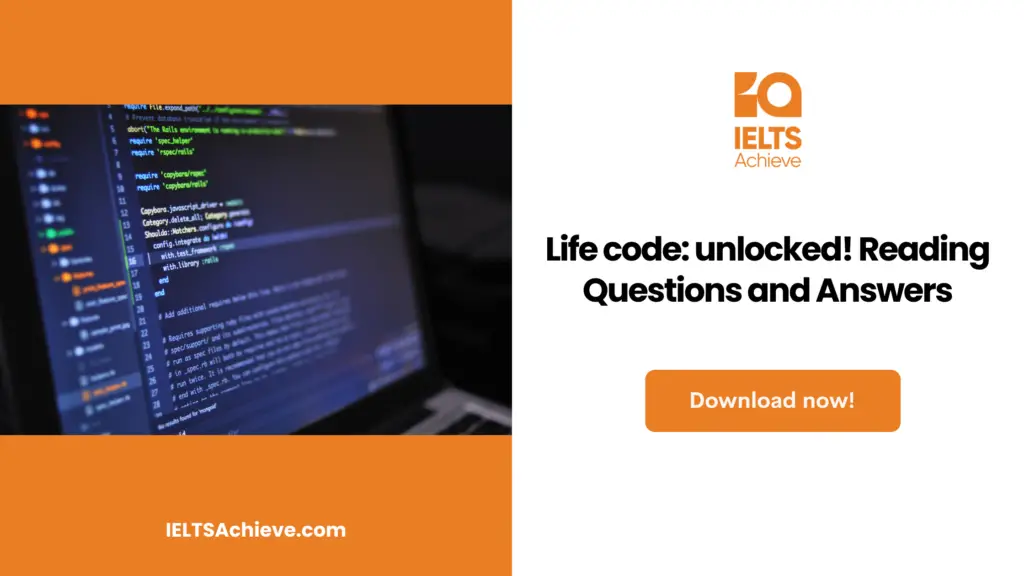You should spend less than 20 minutes on Questions 15-20, which are based on the Reading Passage below.
The Printing Process Reading Answers
The world entered its first information revolution when the first printing press was built in 1450. Before this, typical ways of recording information were to carve words onto clay tiles and bamboo, or to write on parchment or papyrus. Fast forward to the digital age, the second information revolution, and it has now become possible to self-publish, have books printed in paperback or as an e-book, and some books are even free!
Digital warehouse
Long gone are the days when every book was printed before there was a buyer. Why print thousands of books only to find out that very few people want to buy them? Now it is possible to work with a printer in a process called Print On Demand (POD) and only print a paperback when you have an order.
To do this a printer has a digital warehouse with every book stored electronically. Once an order is placed, the printer has all of the electronic data necessary to print and deliver the book to its intended destination. Every month money is sent to all of the authors that have sold books that month.
Giving your book to the printer
Once written, an author can send his book electronically to the printer in the form of a PDF file or as a hardcopy that can be scanned and digitized by the printer.
Processing fees for all services from a printer are minimal but allow you to have access to large distribution networks of not only online bookstores but also the bricks and mortar retailers. These people may not buy your book but your book will be in their catalogues and they will order from the printer if someone asks for it.
Two Concerns
Speed is not the only priority for the printer, they are also concerned with quality and have 10 quality control checks on each book before it is shipped.
Sharp graphics and crisp text make it virtually impossible to distinguish a POD book from the more traditional offset copies. As technology continues to improve this can only get better.
As an author, it is possible to choose the type of book you want; paperback, hardback, or e-book (now the most popular form of book), the size of your book, type of paper, and type of cover (laminated, cloth or jacketed for hardbacks).
Questions 15– 20
Complete the sentences below.
Choose NO MORE THAN THREE WORDS from the passage for each answer.
Write your answers in boxes 15– 20 on your answer sheet.
15 We experienced our first information revolution with the development of the ……………………
16 It is no longer necessary to print books in …………………….
17 Print On Demand works by making sure that the printer has been given all of the relevant …………………….
18 If necessary the printer will scan and digitize your …………………….
19 The latest technology makes the difference between offset printing and Print On Demand almost …………………….. to tell.
20 Apart from the traditional hardback and paperback books, authors can now publish in …………………….. form.

